Weather stations are used for meterological and climatological monitoring across the globe. Able to be componentized to fit a specific need, all stations have at least these five features: mounting tripod or tower, sensors, dataloggers, power supply, and enclosures.
 Mounting tripod and towers provide support for the sensors, solar panels, and enclosures. They are sturdy, corrosion-resistant, and vary in heights and sizes to allow room for attaching wind sets, pyranometers, and other sensors, if used.
Mounting tripod and towers provide support for the sensors, solar panels, and enclosures. They are sturdy, corrosion-resistant, and vary in heights and sizes to allow room for attaching wind sets, pyranometers, and other sensors, if used.

Sensors are the measuring systems for the weather station. Measurement possibilities include wind speed, wind direction, solar radiation, temperature (air, water, soil), relative humidity, precipitation, snow depth, barometric pressure, soil moisture, and fuel moisture.
 Dataloggers are the brain of the system. They are programmable, measure sensors and store data. Software is available for datalogger programming, data retrieval, and report generation.
Dataloggers are the brain of the system. They are programmable, measure sensors and store data. Software is available for datalogger programming, data retrieval, and report generation.
The power supply consists of either a set of alkaline batteries or a sealed-rechargeable battery, which can be recharged via solar panel or ac power.
The datalogger, power supply, data retrieval peripheral and a barometer are enclosed to protect them from environmental hazards.
Mounting a weather station on a property provides many benefits, including central control ability and real-time data logging. The benefit of central control is that irrigation systems can be set up through the weather station. Sensors detecting rain or moisture content in the soil will keep the irrigation system from running. Real-time data logging helps with record keeping as well as providing information to help know when snow removal crews are needed.
